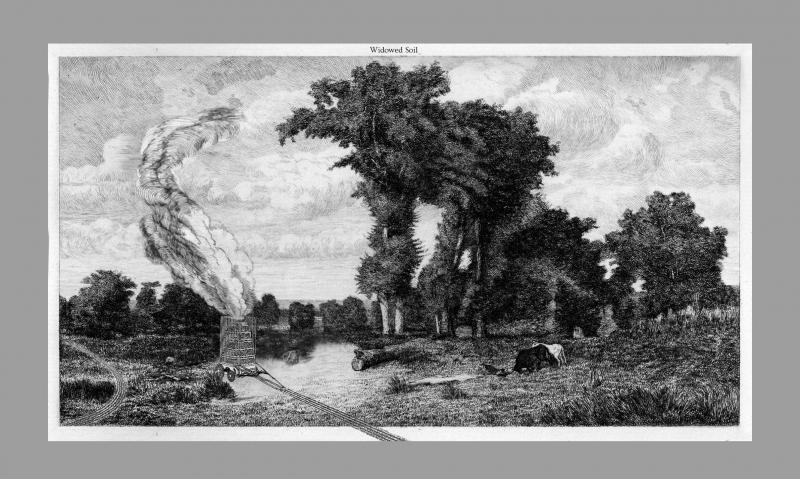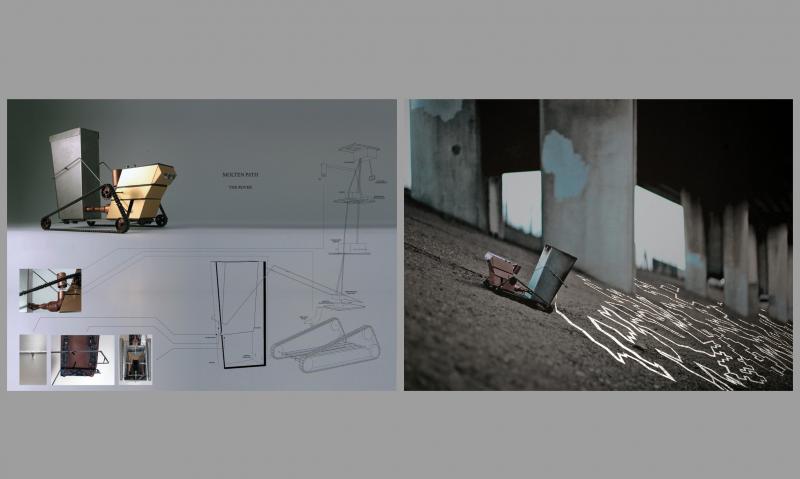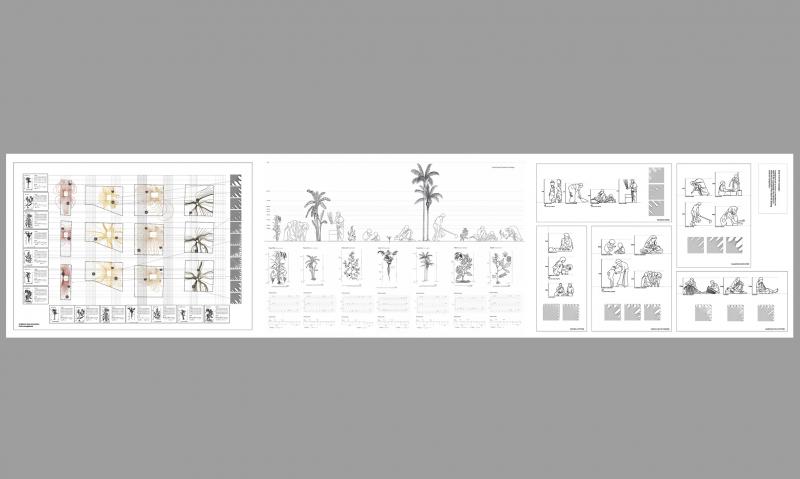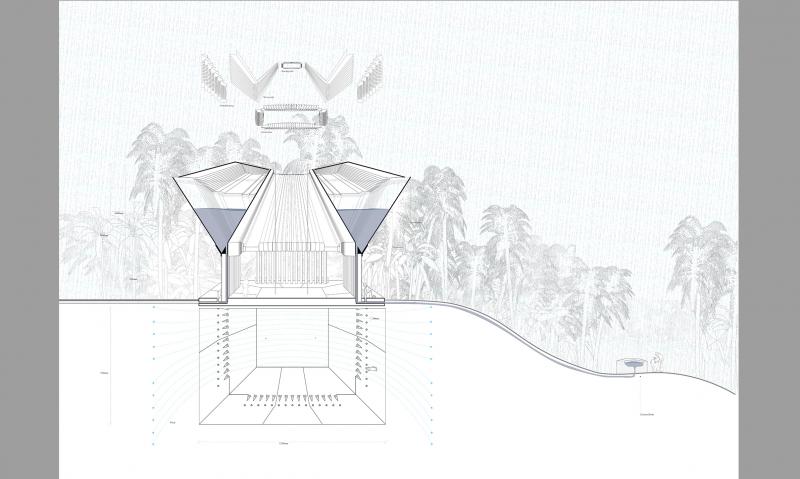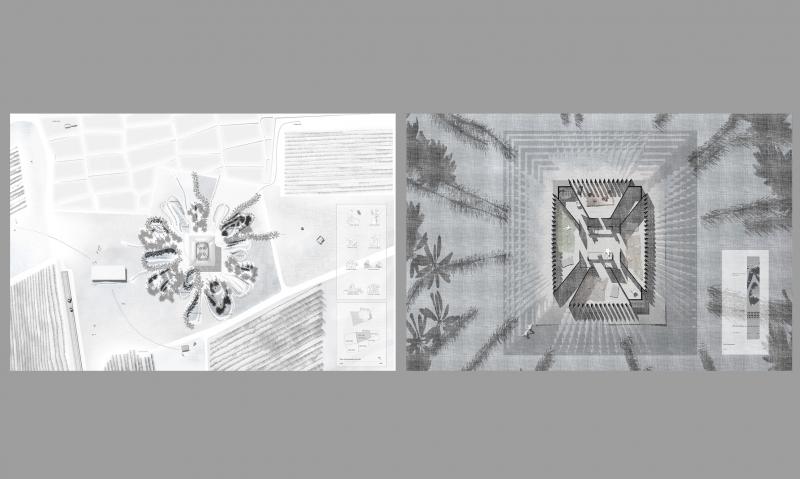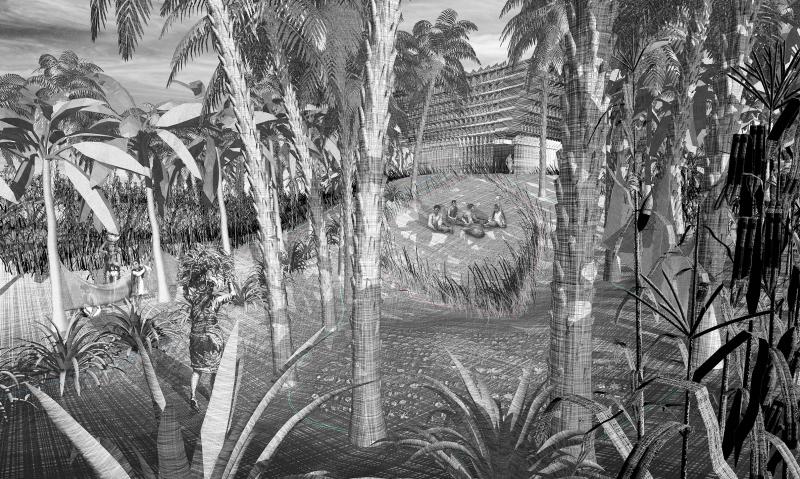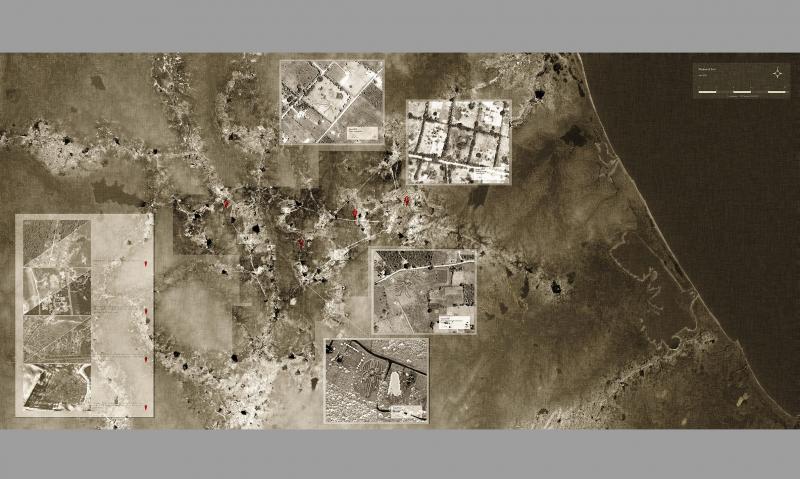Widowed Soil
The Widowed Soil organisation defies the current order of land ownership in the rural setting of north Sri Lanka.
By acknowledging the authority of drawing a line on the ground which is not a border but a trace of the life on that land,
A land reclaiming apparatus will carve the history of Sri Lanka’s war widows on the soil of their lost lands, in the form of a new farm .


